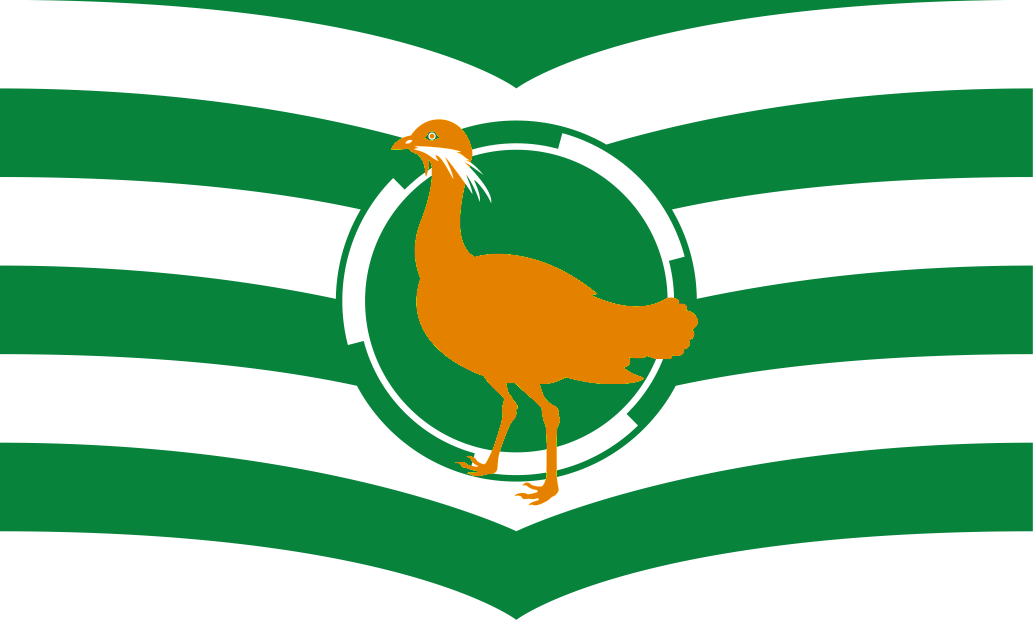Wiltshire is a downland rural county of the West Country. In the south of the county is the mediæval jewel that is Salisbury and in the north is modern Swindon. Between the two lies the great expanse of Salisbury Plain.
Southern Wiltshire is known for pretty towns and villages. It is a wealthy agricultural land and in its middle is the City of Salisbury. Salisbury was a mediæval “new town”, built around a grand cathedral; the cathedral with the highest spire in Britain. The cathedral close, in which are the most exclusive houses in town, is renowned. The origin of the city is found on a hill to the north; Old Sarum, a city since the Iron Age, now abandoned.
North of Salisbury is Salisbury Plain, some 300 square miles of uncultivated chalkland. Much of the Plain is used by the army for training. Also on the Plain stands Stonehenge, and around it are many ancient burial mounds and man-made features whose origins are lost in the mists of time, such that the whole spread has been termed a ‘sacred landscape’.
North of Salisbury Plain are the villages and fertile fields of the Vale of Pewsey, dividing the Plain from the Marlborough Downs to the north. Marlborough has widest main street in the country. The Marlborough Downs have their own collection of prehistoric structures; most famously the Avebury ring and Silbury Hill, a prehistoric man-made hill.
Swindon lies in the north, perhaps an ancient place but transformed by the Great Western Railway and in the 20th century developed greatly as a “Expanded Town”.
County Facts
County Town: Wilton
Main Towns: Amesbury, Bradford-On-Avon, Chippenham, Devizes, Lacock, Malmsbury, Marlborough, Salisbury, Swindon, Trowbridge, Wilton.
Main Rivers: Avon, Wylye, Kennett, Nadder, Bourne.
Highlights: Avebury; Salibury Cathedral; Stonehenge; Wilton House.
Highest Point: Milk Hill, 967 feet.
Area: 1,370 sq miles
County Flower: Burnt Orchid



